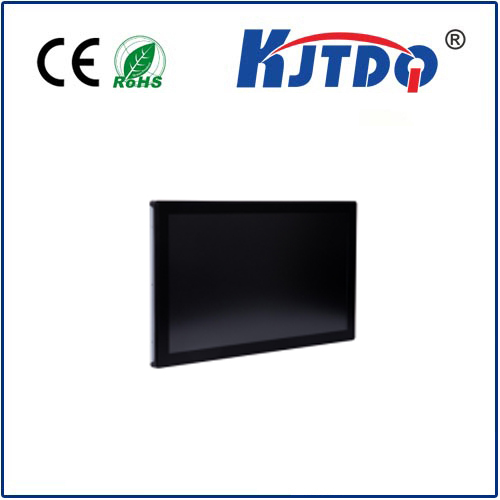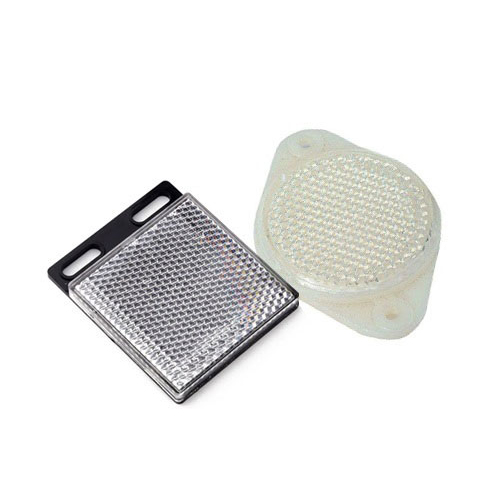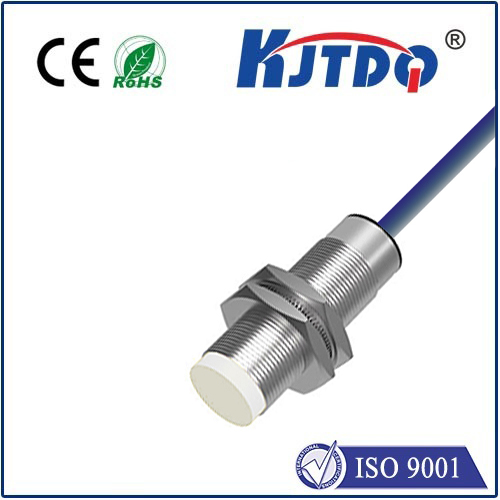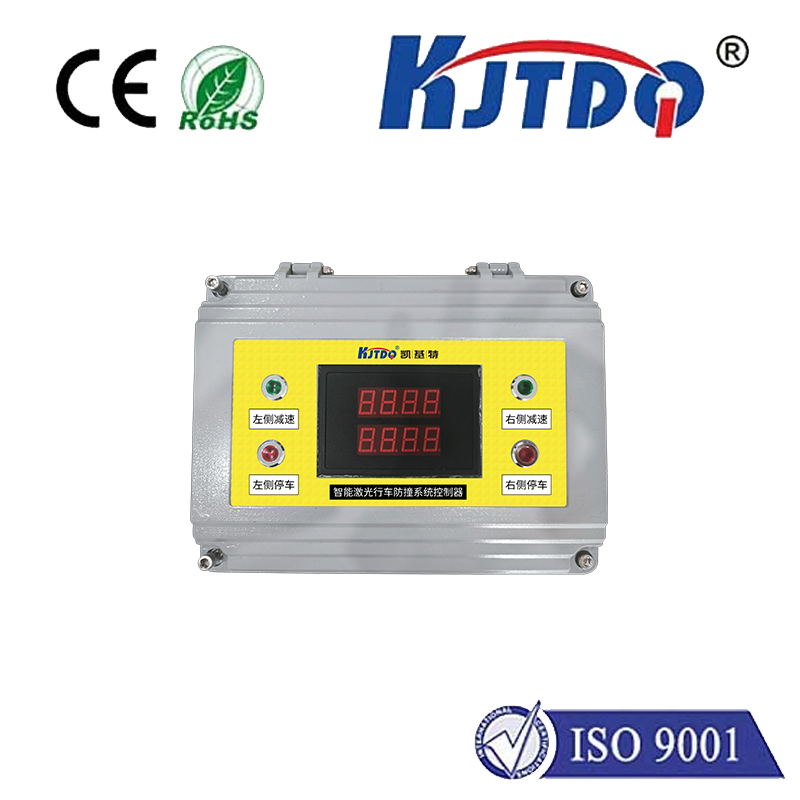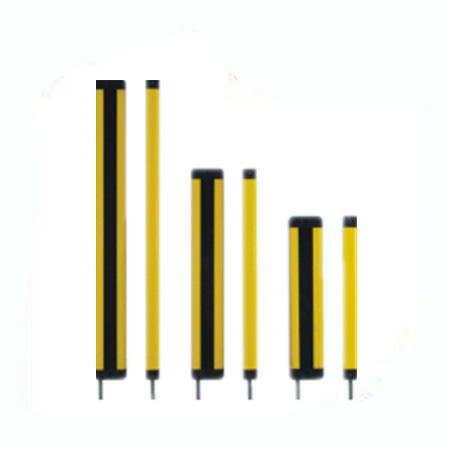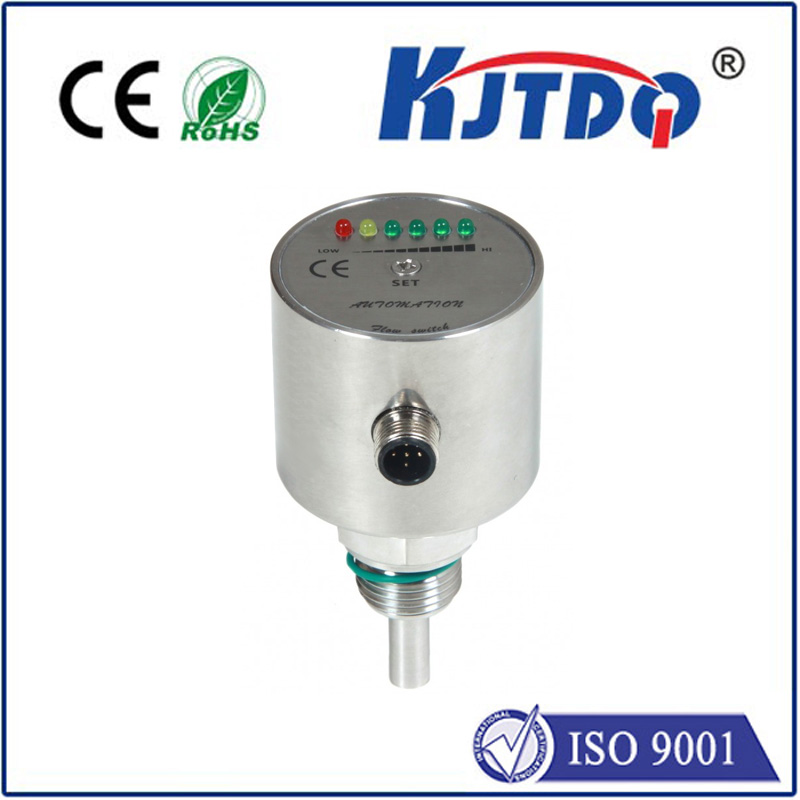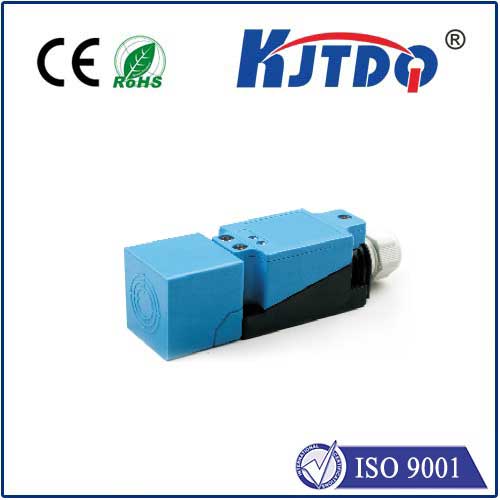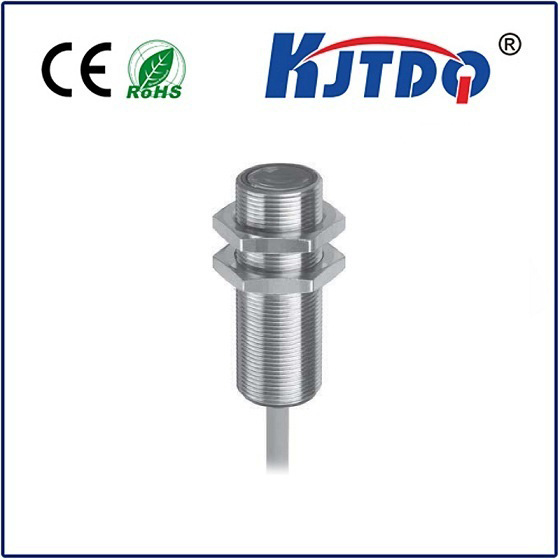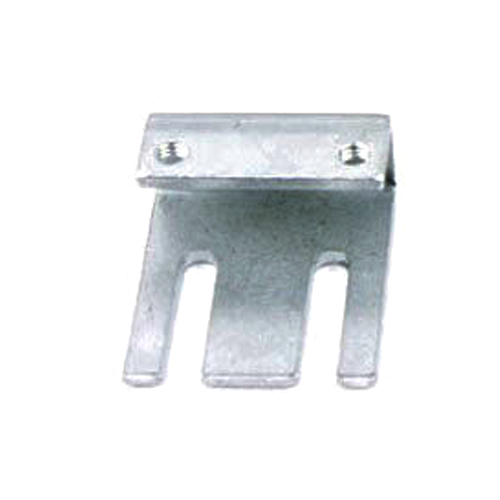желобчатый фотодатчик
- time:2025-07-24 04:56:13
- Нажмите:0
Slot Type Photoelectric Sensors: Precision Detection in Automation’s Fast Lane
Imagine a high-speed production line where thousands of bottles zip past filling heads every hour. A fraction of a millimeter misalignment could mean spillage, downtime, or even dangerous jams. In this world of relentless speed and microscopic tolerances, one component stands sentinel, ensuring objects are present, positioned correctly, and moving on cue: the желобчатый фотодатчик. This compact, yet mighty device is a cornerstone of modern automation, offering unparalleled reliability for object detection in countless applications.
Understanding the Core Principle
Unlike many sensor types, the slot type photoelectric sensor has an inherently elegant and straightforward operating principle. Housed within a rigid U-shaped bracket, it integrates both the critical components needed for photoelectric sensing:
- Emitter (Light Source): Typically an infrared LED housed in one arm of the slot.
- Receiver (Light Detector): Positioned directly opposite in the other arm, designed to detect the emitted light beam.
The magic happens in the gap – the “slot” itself. When an object passes through this slot, it physically interrupts the light beam traveling from the emitter directly to the receiver. This interruption triggers a state change in the sensor’s output signal (e.g., switching from ON to OFF, or vice-versa, depending on configuration).
This fundamental beam-break method makes slot sensors exceptionally robust. They directly detect the object’s physical presence by obstructing the light path, rather than relying on reflective properties or other indirect methods.

Design: Engineered for Stability and Precision
The defining characteristic of a slot sensor is its fixed, integrated housing. This integrated design yields significant advantages critical in industrial automation:
- Self-Contained Alignment: The emitter and receiver are permanently and perfectly aligned during manufacturing. This eliminates the complex, time-consuming, and potentially error-prone process of aligning separate emitter and receiver units across a conveyor or machine frame. Once installed, the alignment is guaranteed.
- Environmental Resilience: The enclosed structure offers inherent protection against ambient light interference, dust accumulation on the optical components, and minor impacts. Many models boast high Ingress Protection (IP) ratings, making them suitable for harsh industrial environments, including washdown areas common in food & beverage or pharmaceutical applications.
- Compact Form Factor: Despite their robustness, slot sensors are remarkably compact, allowing installation in tight spaces where separate units simply wouldn’t fit.
- Consistent Detection: The fixed gap ensures a precisely defined detection zone. Objects passing fully through the slot reliably break the beam, leading to consistent, repeatable triggering.
The Unwavering Advantages in Harsh Realities
Slot sensors shine where precision, speed, and reliability are non-negotiable. Their key benefits solidify their indispensable role:
- Supreme Reliability: The direct beam-break method offers inherently high signal integrity. Detection is binary – the beam is either blocked or unblocked. This minimizes false triggers compared to some reflective or diffuse sensors that can be affected by object color, reflectivity, surface texture, or ambient conditions.
- Immunity to Object Properties: Because they detect beam interruption, not reflection, slot sensors are largely unaffected by the color, surface finish, or material (metal, plastic, glass, opaque, transparent) of the target object. This versatility is a game-changer in environments handling diverse products.
- High-Speed Performance: Capable of extremely fast response times (often microseconds), slot sensors effortlessly track objects on high-speed production lines, packaging machinery, and sorting systems without missing a beat.
- Simplified Installation & Maintenance: Plug-and-play installation shaves valuable time off setup and reduces commissioning errors. The pre-aligned optics significantly reduce maintenance needs compared to through-beam systems requiring separate components.
- Robustness: Constructed for industrial duty cycles, they withstand vibration, shock, significant temperature variations, and exposure to dust, moisture, and oils far better than many alternatives.
Where Slot Sensors Reign Supreme
The unique combination of precision, speed, and ruggedness makes slot type photoelectric sensors the go-to choice across numerous sectors:
- Packaging: Verifying product presence in cartons, counting items passing through a chute, detecting labels on bottles/cans (presence/absence), controlling film feeding (edge detection), ensuring flaps are open before sealing.
- Material Handling & Conveying: Detecting objects on conveyors for sorting or diverting, confirming carton position for palletizing/depalletizing robots, verifying part entry/exit on machinery, and end-of-travel detection.
- Assembly Automation: Precise positioning verification of components during robotic assembly, detecting small parts like screws or springs in feeders, checking for the presence of caps or closures.
- Printing & Paper Converting: Detecting sheet presence/absence at feeder stations, monitoring paper web breaks, counting printed items, precise edge guiding control.
- Automotive Manufacturing: Verifying component presence during sub-assemblies, position sensing on robotic weld lines, detecting piston rings or small bearings in fixtures, guarding auxiliary equipment.
- Pharmaceuticals: Ensuring vial/cap presence during filling and capping operations, detecting tablets or capsules in blister packs, verifying label application on medical devices.
- Woodworking & Metalworking: Detecting panel edges for saw positioning, presence sensing for dispensing adhesives or fasteners, verifying workpiece clamping.
Key Considerations for Optimal Selection
While powerful, slot sensors have inherent design constraints:
- Slot Size Dictates Object Size: The detectable object must physically fit through the slot. The slot width and depth define the maximum acceptable object dimensions. For very large objects, through-beam sensors with separate components might be necessary.
- Through-Beam Path Only: They operate purely on the beam-break principle. They cannot function as diffuse reflective sensors detecting objects approaching the face of the sensor unit.
- Beam Width: The emitter produces a defined beam width. Extremely thin objects (like wires or thin foils) might not fully interrupt the beam, requiring careful sensor model selection with a suitable beam width.
When selecting a slot sensor, focus on:
- Slot Dimensions (Width & Depth): Matching the target object size.
- Beam Type & Width: Standard infrared (IR), visible red (easier alignment visibility), laser (for precision with tiny objects), and the beam’s cross-sectional size.
- Output Configuration: NPN vs. PNP transistors, Normally Open (NO) vs. Normally Closed (NC) switching logic – must align with the control system (PLC).
- Operating Voltage: 10-30V DC is standard.
- Response Time: Critical for high-speed applications.
- Environmental Rating (IP): Essential for protection against dust, water, or washdown.
- Housing Material: Robust plastic (e.g., PBT)







